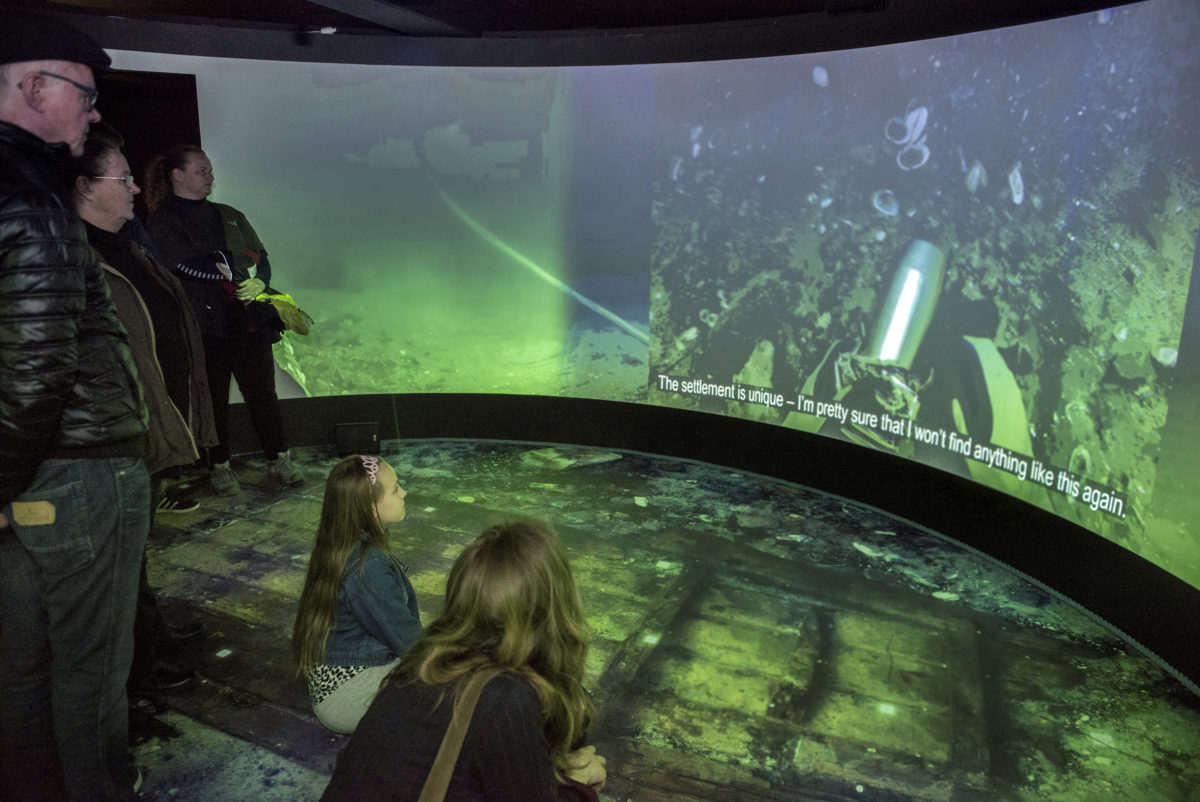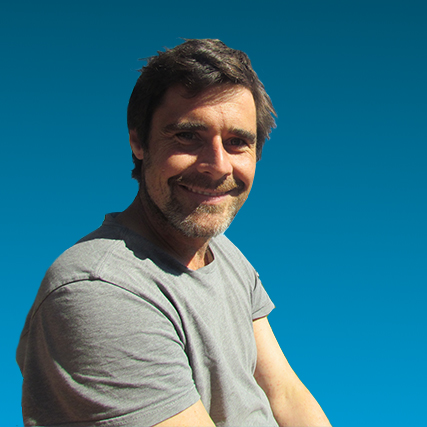Technology, archaeology and student challenges: Finding a best practice for presenting maritime archaeology
How do we get the museum guest to feel the thrill of discovering an invaluable archaeological artefact? How can we make people feel the magic of the Big Blue? How can we test a hundred different ways of getting the public engaged in maritime archaeology? The Viking Ship Museum has the responsibility for ca. 2000 km coastline filled with archaeology. Sites and finds from the first people who entered the area 15000 years ago, and up until our present day. It is the most vulnerable coastline in Denmark in terms of impact from construction of bridges, harbours, pipes and cables. These projects are constantly exposing and partly destroying the underwater cultural heritage, but also allowing the archaeologist to excavate a high number of sites at the expense of the contractor. Excavating and collecting data is important, but the final product also has to be of a high standard and equally important is has to be available to both academics and the general public. The Viking Ship Museum and the University of Roskilde have encouraged students to create installations as part of their curriculum. More than a hundred students have participated in the testing of hardware, and the development of software and creative ideas to address the experiment. To evaluate the projects school kids have tested the ideas, enabling the museum to exploit the possibilities offered by new technology. The project has no end date, but strives towards generating a best practice handbook for the museum. When the museum has the opportunity to expand its exhibitions in the future, it will be ready to fill the installations, projections and bare walls with unique data, that the public can relate to and be amazed by.

